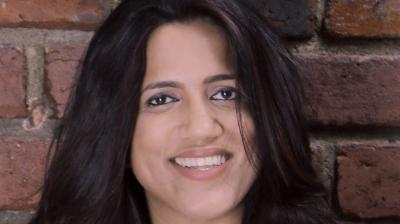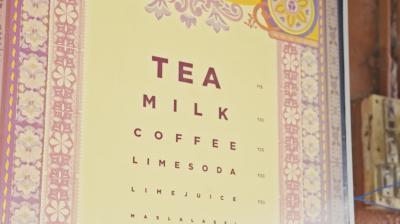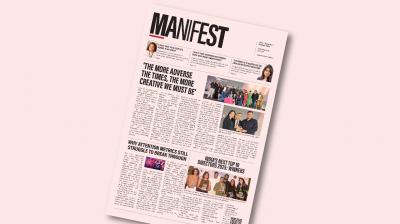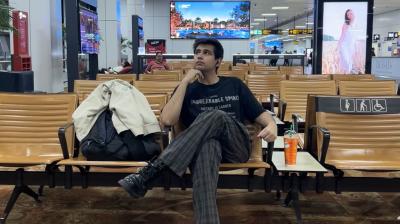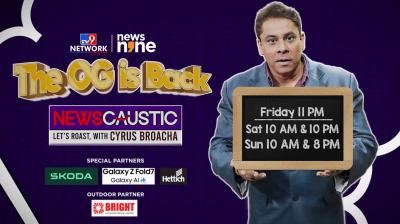I hung up the phone with a heavy heart. Yet another dear friend was made redundant after 20 years in the industry. Needless to say, he was shaken. His organisation blamed it on the bottom line and 'tough decisions.' But he knew the truth had to do with his seniority, now considered an 'expensive liability.' Despite upskilling on AI, he felt dismissed as a 'dinosaur.'
Few are willing to call this uncomfortable reality by its name: Ageism. It’s been around for decades, but in recent years, layoffs have disproportionately affected older, more experienced talent. In a sector obsessed with 'what’s next,' experience is too often seen as overweight baggage instead of an asset. But if we keep heading down this path, the consequences will boomerang on the entire industry.
What happens when we push all the 'grey hairs' out of the creative business?
We don’t just lose people. We lose perspective. We lose memory. We lose the wisdom that keeps us from chasing shiny objects and repeating expensive mistakes.
Creativity doesn’t happen in a vacuum. It grows out of cultural memory, lived experiences, and a deep understanding of human behaviour. Experienced professionals bring decades of perspective; what worked, what failed, and most importantly, why. They have weathered recessions, built professional resilience, and watched countless 'game-changing' ideas come and go. Their wisdom helps temper short-term hype and anchors ideas in strategies that endure.
At the same time, the younger generation brings something equally vital: energy, technical fluency, and a willingness to experiment without fear. Digital natives immersed in the latest tools and subcultures, they keep the industry nimble, relevant, and plugged into what’s happening right now.
Clearly, both generations need each other. Innovation isn’t just the newest idea. It’s the strongest one; the idea that connects, persuades, and lasts. That requires the fearlessness of youth and the wisdom of age.
For this to thrive, we need to drop labels like 'young guns' and 'veterans' and focus instead on the unique skill-sets each professional brings.
If we sideline the older generation, we lose mentorship, craft, and context; the how and why behind the work. If we sideline the younger, we lose speed, freshness, and cultural resonance; the now behind the work. Creativity thrives in the tension between these two forces.
I have seen this firsthand. In one agency, a senior creative director’s role was dropped during 'cost-cutting.' On paper, it looked fine. But in practice, the younger team lost its North Star. Campaigns were shiny and viral, but shortlived and shallow. Ideas that dazzled online often flopped in sustainable sales. That leader had been the quiet guardrail, making sure ideas weren’t just clever, but effective. Without her, the agency stumbled and eventually lost the business.
I’ve also seen the magic when generations collaborate. A few years ago, I worked with a fresh-out-of-college social media strategist. She knew TikTok and Instagram inside out, but struggled to frame content for a conservative financial client. Together, we merged her instinct for trends with my understanding of brand storytelling and trust-building based on human insights.
The result? Campaigns playful enough to go viral yet solid enough for the client to sign off. Both of us grew in the process, with immense respect for each other’s expertise.
The future of creativity is like a new age jazz band:The older musicians know the rules, the rhythm, the subtle cues that hold the music together. The younger ones riff, remix, and push the melody somewhere new. The magic only happens when they play together.
The author is founder and chief creative officer, HumanSense (Sri Lanka). This column was first published in the October issue. Click here to buy it.







